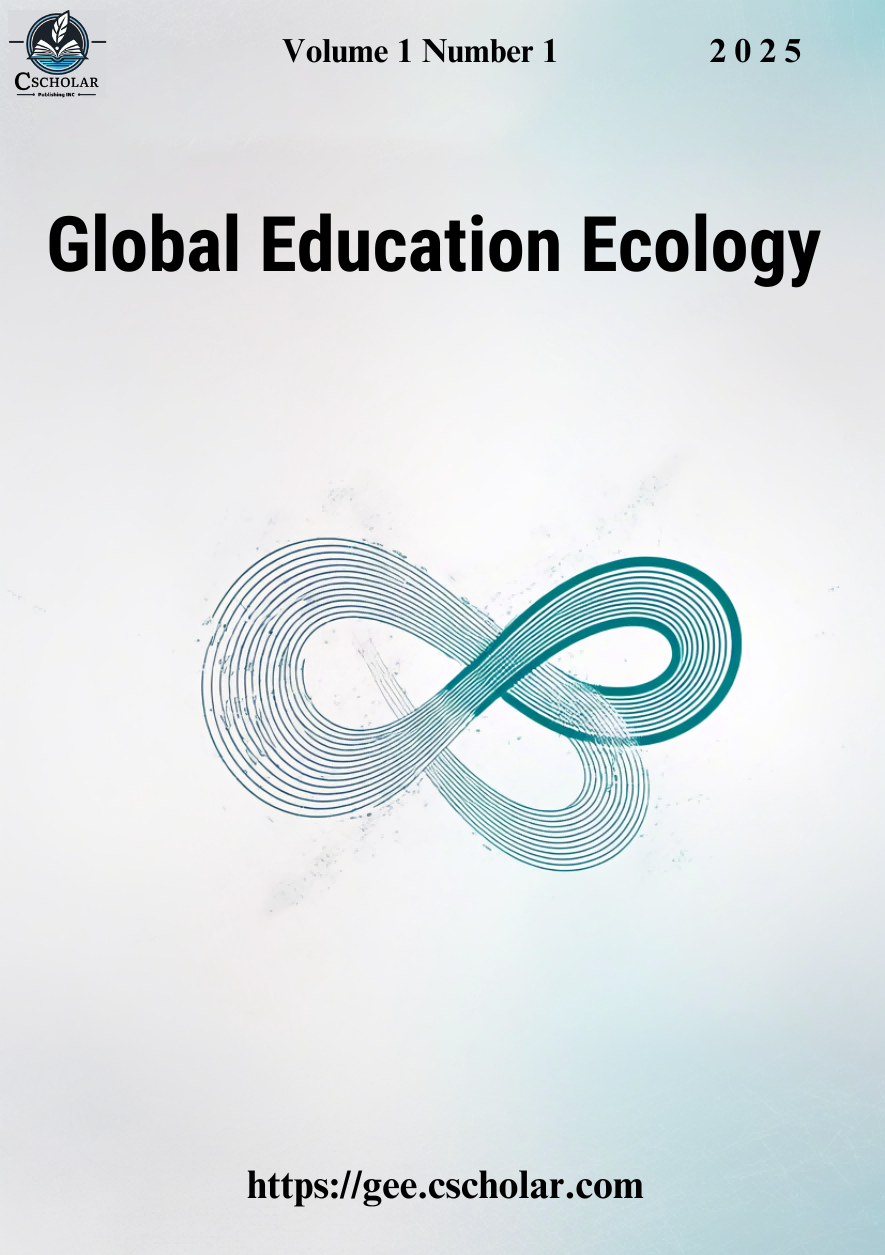Comparison of the Systems and Experience of Juvenile Delinquency Prevention Education Between China and the Philippines
DOI:
https://doi.org/10.71204/28db0729Keywords:
Juvenile Delinquency, Preventive Education, Comparison Between China and the Philippines, Education System ReformAbstract
In the social context where the problem of juvenile delinquency is becoming increasingly prominent, the construction of crime prevention education system has become the focus of global attention. This paper takes the juvenile delinquency prevention education system in China and the Philippines as the research object. By comparing the similarities and differences between the two countries in terms of institutional concepts, legal systems, family and community participation mechanisms, school education content and judicial intervention models, it points out that there are problems in China's current system, such as prominent behavior control orientation, weak family and community linkage mechanism, and one-sided education content. Drawing on the Philippines' "child-centered" and "restorative education" concepts and community-oriented practical experience, this paper proposes to promote the systematic reconstruction of China's juvenile delinquency prevention education system from the aspects of establishing a child-centered value orientation, building a multi-faceted collaborative intervention mechanism, reforming the school education system, promoting non-judicial disposal paths, and strengthening data integration and dynamic evaluation mechanisms.
References
Alampay, L. P. (2014). Parenting in the Philippines. Parenting Across Cultures, 17, 105–117.
Bernardo, A. B. I. (2011). Social foundations of Filipino adolescent development: Research and implications. Philippine Journal of Psychology, 44(2), 119–145.
Chen, X. (2021). The rule of law and juvenile justice reform in China. International Journal of Law, Crime and Justice, 64, 100462.
Cilliers, J., Fleisch, B., & Prinsloo, C. (2020). How to improve teaching practice? An experimental comparison of centralized training and in-classroom coaching. Journal of Human Resources, 55(3), 926–962.
Cruz, C. J., & Balanon, F. (2010). Alternative child discipline and youth reintegration in the Philippines. Save the Children Philippines.
Fang, M. & Zhao, X. (2020). Social control and prevention of juvenile delinquency in China: From compulsory education to criminal law. Asian Journal of Criminology, 15(2), 189–207.
Liem, M. (2016). Community-based juvenile justice practices in Asia. Crime, Law and Social Change, 65(3), 245–261.
Ministry of Education of the People’s Republic of China. (2022). Guidelines on strengthening mental health education for primary and secondary school students.
Republic of the Philippines. (2006). Juvenile Justice and Welfare Act (RA 9344). https://doi.org/10.1016/S1356-1294(06)70541-0
Restorative Justice for Children (UNICEF, 2022). Global implementation and best practices. https://doi.org/10.18356/12b983aa-en
UNICEF Philippines. (2019). Children in conflict with the law in the Philippines: A case for change.
Wang, Z., & Deng, X. (2022). The transformation of school-based juvenile delinquency prevention in China: A legal and pedagogical analysis. Education and Law Review, 31(4), 332–348.
Wu, Y., & Sun, I. Y. (2021). Juvenile justice and restorative practices in East Asia. Youth Justice, 21(3), 206–223.
Zhang, L. (2020). Development and challenges of juvenile delinquency prevention education in China. Journal of East China Normal University (Educational Sciences), 38(1), 43–51.
Zhao, B., & Wang, H. (2023). Early prevention and social intervention for at-risk youth in China. International Journal of Child and Adolescent Health, 16(1), 57–72.
Downloads
Published
Issue
Section
License
Copyright (c) 2025 Yun Pei (Author)

This work is licensed under a Creative Commons Attribution 4.0 International License.
All articles published in this journal are licensed under the Creative Commons Attribution 4.0 International License (CC BY 4.0). This license permits unrestricted use, distribution, and reproduction in any medium, provided the original author(s) and source are properly credited. Authors retain copyright of their work, and readers are free to copy, share, adapt, and build upon the material for any purpose, including commercial use, as long as appropriate attribution is given.




